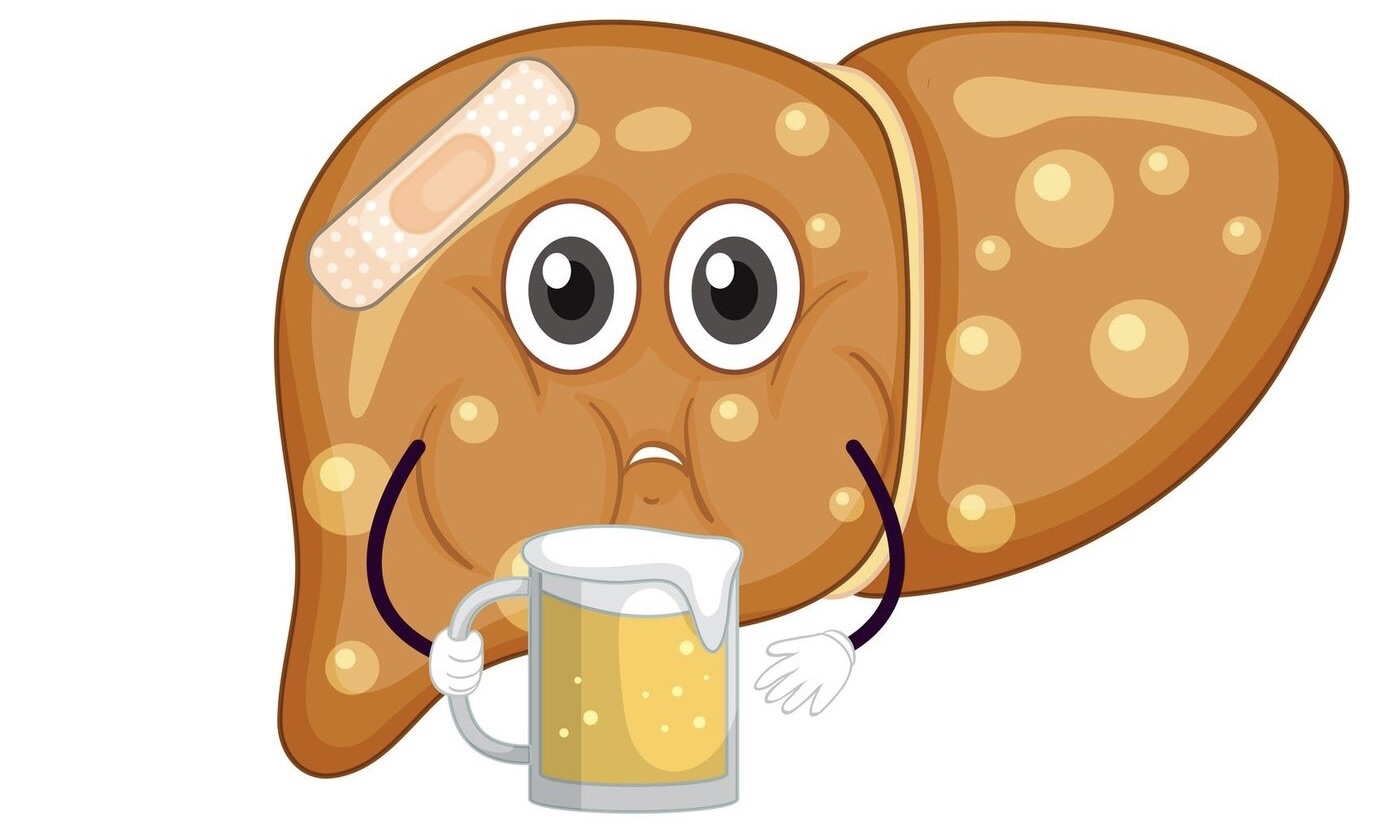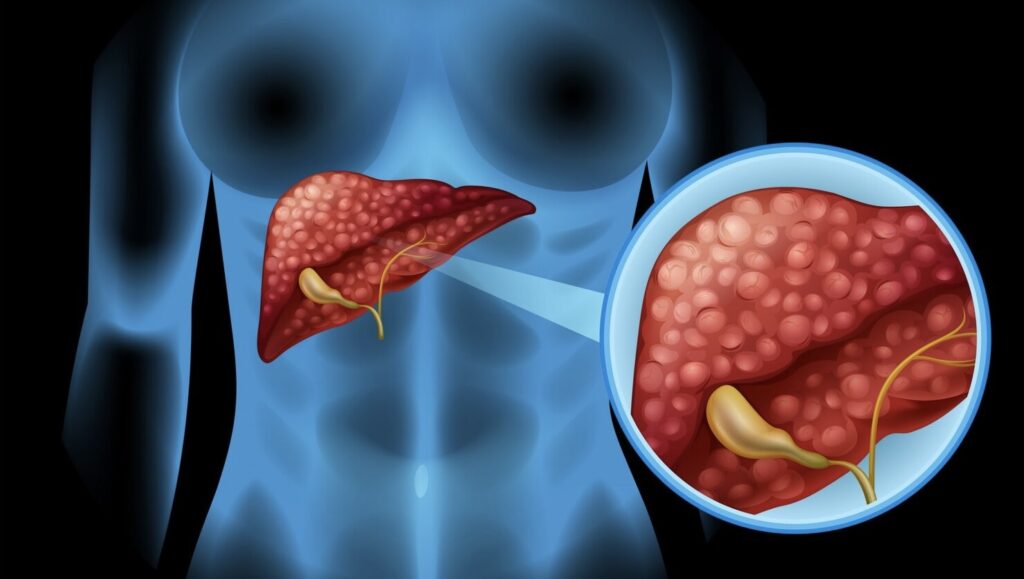
Alcohol and The Liver: Know What Is At Stake
The liver, notably the heftiest internal organ in humans, serves as the crux of more than 500 processes, a clear testament to its monumental importance in our health. Primarily, the liver is deeply implicated in critical activities such as digestion, metabolism, protein synthesis, hormone output, and enzyme manufacturing.
Akin to a vigilant gatekeeper, the liver’s most noteworthy task is body detoxification. It is the body’s own natural filtration system, diligently laboring to expel harmful substances and waste products.
The Ripple Effect of Alcohol on the Liver
As the body imbibes alcohol, around a third of it navigates to the stomach, with the rest progressing to the small intestine. At that point, it is assimilated into the bloodstream and dispatched to the liver and kidneys for filtration. The liver then metabolizes the alcohol, converting it into Acetaldehyde – a harmful chemical.
Recognizing the danger Acetaldehyde brings, the body prioritizes burning it over fat. An optimal mechanism under normal circumstances, this process takes a sinister turn when alcohol intake becomes excessive, leading to an accumulation of fat in the liver. Moreover, an excess of Acetaldehyde starts wreaking havoc on the liver cells, initiating the onset of fatty liver disease often characterized by unusual abdominal discomfort. Continued alcohol consumption escalates the situation, resulting in inflammation and some degree of function loss in the liver.
This inflammation is recognized as Alcoholic Hepatitis – a condition revealing symptoms like bloating, loss of appetite, jaundice, fever, confusion, and chronic fatigue, among others. Though treatable, it necessitates an immediate cessation of alcohol intake for a prolonged period.

Alcohol’s Strain on the Liver and its Impact on Brain Function
When the body loses its capacity to eliminate toxins completely, these toxins are transported to the brain via the bloodstream. This could potentially lead to the decline of brain function, confusion, fluctuating consciousness levels, coma, and in extreme cases, death. This critical condition is known as Hepatic Encephalopathy.
Simultaneously, when the liver damage escalates to a point where scar tissue begins to replace the regular lining, the inflammation intensifies, and the liver assumes a lumpy texture. Consequently, the hard, lumpy liver impedes the filtration of blood and bodily fluids. This scarring of the liver, attributed to excessive alcohol consumption, is diagnosed as cirrhosis, often succeeded by conditions like fatty liver disease or alcoholic hepatitis. It is integral to note here that cirrhosis is irreversible, and not even abstinence can restore the liver’s health at this stage.
In Summary
The liver’s function as a crucial detoxification agent is undeniably vital to our overall health and physiological processes. However, its resilience has a tipping point, particularly when subjected to excessive alcohol intake. Understanding the impacts and differences between a healthy liver and an alcoholic liver is critical in mitigating liver disease and upholding health.
From the onset of fatty liver disease to the terminal progression of cirrhosis, the liver’s journey under the influence of alcohol is a devastating one. Recognizing the signs of liver disease early is crucial, as many conditions can be reversed with immediate action and lifestyle changes. However, prevention remains the best defense against alcoholic liver disease. Conscientious alcohol consumption is paramount to maintaining liver health and systemic wellness.

